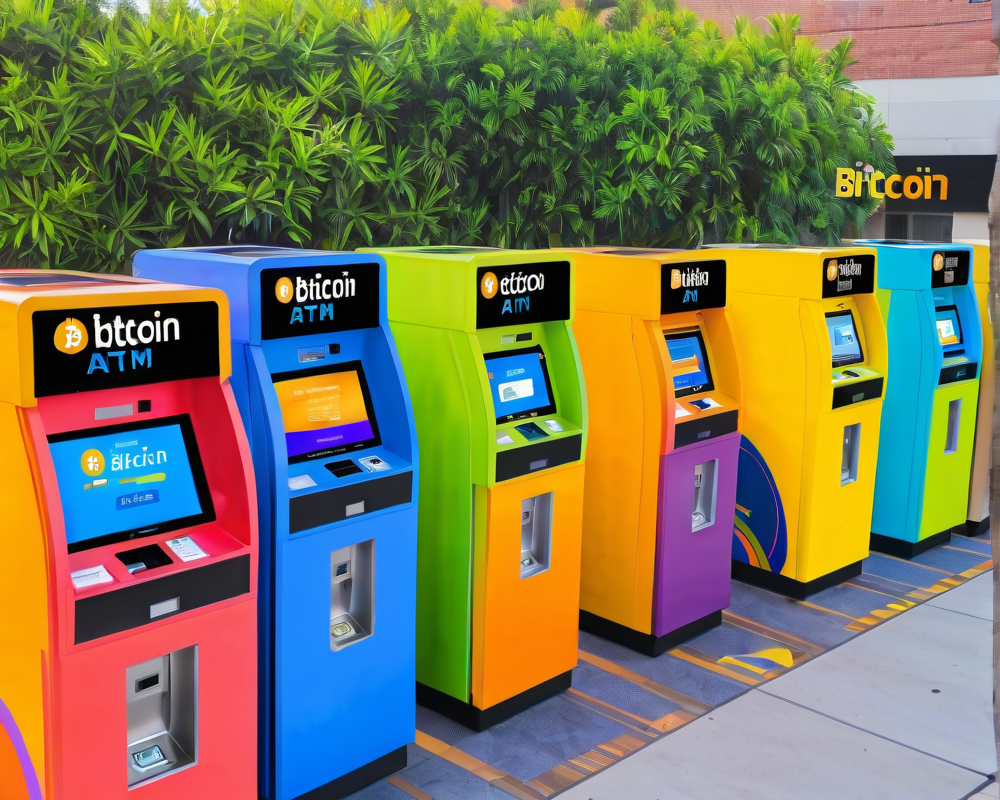Efficiency Over Chaos
Bitcoin users, rejoice! The world of blockchain assets has just become a little more efficient thanks to the latest version of the Taproot Assets Protocol from Lightning Labs. In a world where minting new assets sometimes feels like trying to fit a square peg in a round hole, this protocol promises to streamline the process and make it far less chaotic.
The Great Critique of Inscription Methods
In a recent blog post, Lightning Labs didn’t hold back, calling out existing methods for being “particularly inefficient.” They pointed fingers at the cumbersome protocols that write asset metadata directly into block space, leading to proven headaches for developers. It’s like trying to pack a week’s worth of groceries into a smart car—not exactly the most efficient use of space!
Maximally Off-Chain: A Developer’s Dream
One of the standout features of the Taproot Assets Protocol is its ability to operate “maximally off-chain.” This innovative approach aims to dodge the bottleneck issue rampant within the Bitcoin network, a problem exacerbated by the BRC-20 token standard. Developers can now breathe a sigh of relief knowing they won’t be forced to navigate through network traffic like it’s rush hour in downtown Los Angeles.
Integrating BRC-20 Into the Lightning Network
Not only does the updated protocol make life easier for developers, but it also opens the doors for BRC-20 assets to integrate into the Lightning Network. This means that wallets, exchanges, and merchants could quickly transition their operations without the pain of starting from scratch. It’s like upgrading from dial-up to high-speed internet. Who wouldn’t want that?
Bidding Adieu to the Old Ways
Historically, the overwhelming majority of BRC-20 tokens relied heavily on Ordinal inscriptions of JSON data—think of it as a clunky old typewriter in a world of sleek touchscreen devices. Critics have argued that this method results in transaction fees that are four times more than if users simply opted for binary. Lightning Labs philosophers Domo and co., have rallied for change, asserting that their new protocol is the far superior way to go.
Market Dynamics and The Name Change Saga
Interestingly, the Taproot Assets Protocol is a rebranded version of the original “Taro” protocol. However, in a twist that would make any soap opera writer proud, Lightning Labs had to change the name after facing a rather “frivolous” trademark infringement lawsuit from Tari Labs. The protocol’s total value recently saw a rollercoaster ride, soaring past the $1 billion mark before plummeting back down to $500 million—talk about volatility!
Final Thoughts
As the landscape of assets on the Bitcoin blockchain continues to evolve, the Taproot Assets Protocol is positioned to usher in a new era of minting efficiency. With the ability to integrate seamlessly into existing systems and a straightforward approach, the future looks bright for Bitcoin enthusiasts. So grab your digital wallets, folks; it’s time to dive into this revamped and revitalized world of blockchain assets!




